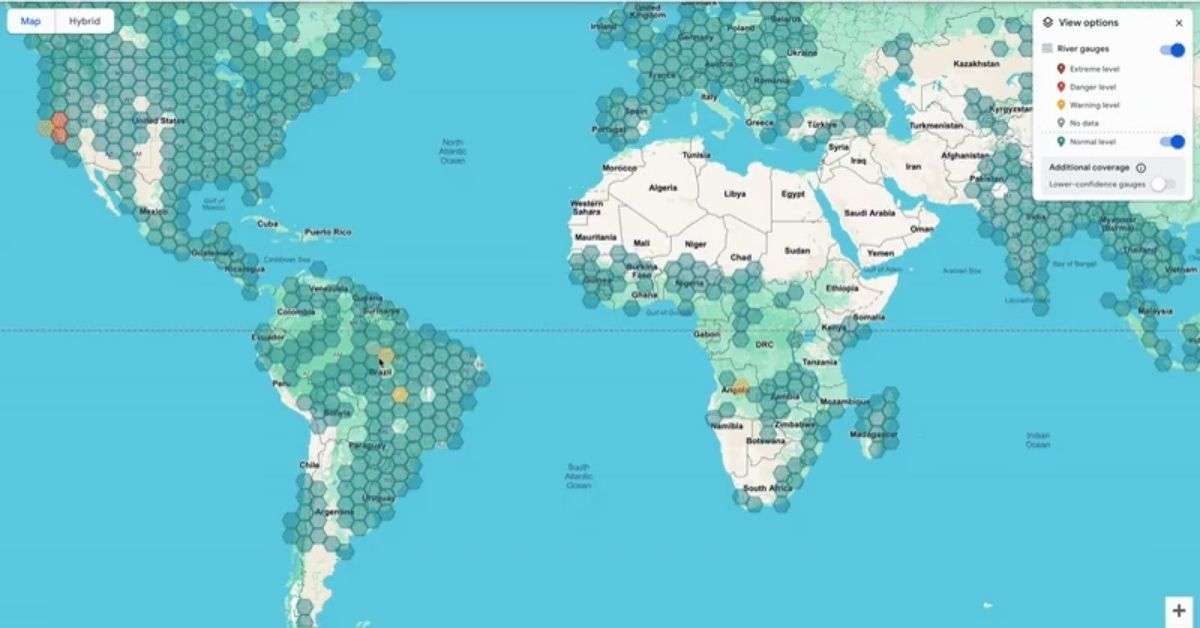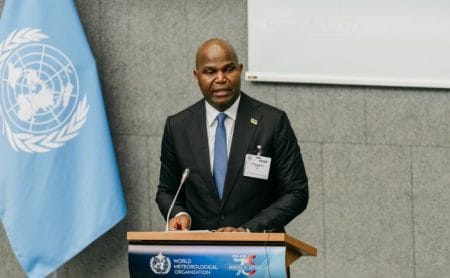Description: The Flood Hub, developed by Google’s Africa Research Centre in Accra, Ghana, is an advanced AI platform designed to predict and mitigate flood risks across Africa. Launched in 2022 and refined through 2024, it uses machine learning models, including neural networks and ensemble forecasting, to analyze satellite imagery from NASA’s Landsat, real-time weather data from the European Centre for Medium-Range Weather Forecasts, and historical flood records. In South Africa’s Western Cape in 2024, the platform accurately predicted flash floods caused by heavy seasonal rains, enabling local authorities to evacuate 12,000 residents and deploy emergency resources 72 hours in advance. The Flood Hub now operates in 23 African countries, including Nigeria, Kenya, and Ethiopia, covering over 300 million people. It integrates with mobile networks to send SMS alerts and collaborates with organizations like the Red Cross and African Risk Capacity to ensure community-level outreach. Google has tailored the platform for Africa’s unique challenges, such as sparse weather station networks, by leveraging remote sensing and crowd-sourced data. The initiative aligns with the UN’s Sustainable Development Goals, particularly Goal 13 (Climate Action), and has secured $10 million in funding from Google.org for further expansion.
Impact: The Flood Hub has transformed disaster preparedness, reducing flood-related fatalities by an estimated 30% in pilot regions. In South Africa, it saved $50 million in potential economic losses in 2024. The platform’s open-source API allows governments to integrate predictions into national early-warning systems, fostering regional resilience. Plans are underway to cover 30 African countries by 2026, with a focus on training local meteorologists in AI tools.
Challenges: Limited internet access in rural areas (only 28% of sub-Saharan Africa has reliable broadband) restricts alert dissemination. The platform’s reliance on global datasets requires more localized inputs, such as river gauge data, to enhance precision for smaller watersheds. Cultural and linguistic barriers also complicate community engagement in multilingual regions.






